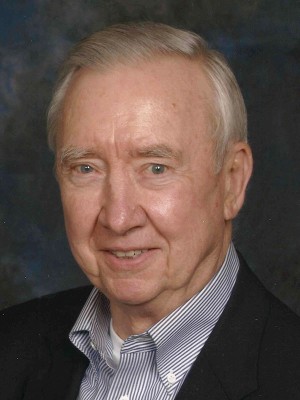- Video Library
- Eli Thomssen Presents Adlore at LSI USA '23
Eli Thomssen Presents Adlore at LSI USA '23

Eli Thomssen
Eli spent most of his career working in the animal health division of The Upjohn Company that merged with Pharmacia to become Pharmacia & Upjohn. Pharmacia & Upjohn was purchased by Pfizer, and Pfizer spun out the animal health division to form Zoetis in June 2013. Eli left Pharmacia & Upjohn in 1999 while he was Vice President, Business Development and Strategic Planning.
Eli joined Brakke Consulting, Dallas, TX, and he remained at Brakke until 2001 when he became a founding principal of the Apjohn Group. The Apjohn Group is an accomplished team of experienced business and pharmaceutical professionals that have demonstrated success as consultants, and in working with innovators to start new life science companies. From 2001 through 2018 Eli was the founder of several life-science companies, one which has gone public and two were sold.
In 2017, Eli was a founding member of a new angel investment group in Kalamazoo, MI, Ka-Zoo Angels, which is affiliated with the Grand Angels in Grand Rapids, MI. The Grand Angels is one of Michigan’s most active and most consistent investment organization that offers robust mentoring paired with patient capital. In 2019, Eli helped found Adlore™, Inc.
Eli has a Bachelor of Science degree from the University of Nebraska and an MBA from Western Michigan University.
Eli Thomssen
Eli spent most of his career working in the animal health division of The Upjohn Company that merged with Pharmacia to become Pharmacia & Upjohn. Pharmacia & Upjohn was purchased by Pfizer, and Pfizer spun out the animal health division to form Zoetis in June 2013. Eli left Pharmacia & Upjohn in 1999 while he was Vice President, Business Development and Strategic Planning.
Eli joined Brakke Consulting, Dallas, TX, and he remained at Brakke until 2001 when he became a founding principal of the Apjohn Group. The Apjohn Group is an accomplished team of experienced business and pharmaceutical professionals that have demonstrated success as consultants, and in working with innovators to start new life science companies. From 2001 through 2018 Eli was the founder of several life-science companies, one which has gone public and two were sold.
In 2017, Eli was a founding member of a new angel investment group in Kalamazoo, MI, Ka-Zoo Angels, which is affiliated with the Grand Angels in Grand Rapids, MI. The Grand Angels is one of Michigan’s most active and most consistent investment organization that offers robust mentoring paired with patient capital. In 2019, Eli helped found Adlore™, Inc.
Eli has a Bachelor of Science degree from the University of Nebraska and an MBA from Western Michigan University.

17011 Beach Blvd, Suite 500 Huntington Beach, CA 92647
714-847-3540© 2025 Life Science Intelligence, Inc., All Rights Reserved. | Privacy Policy







